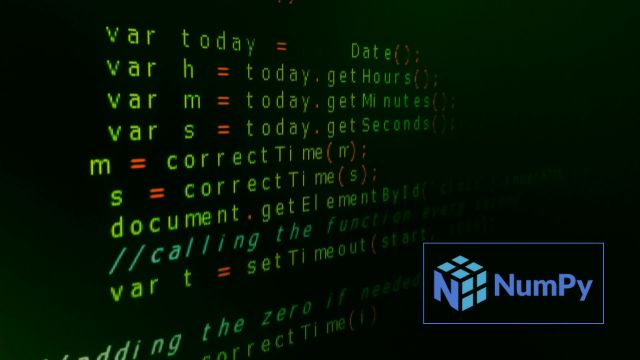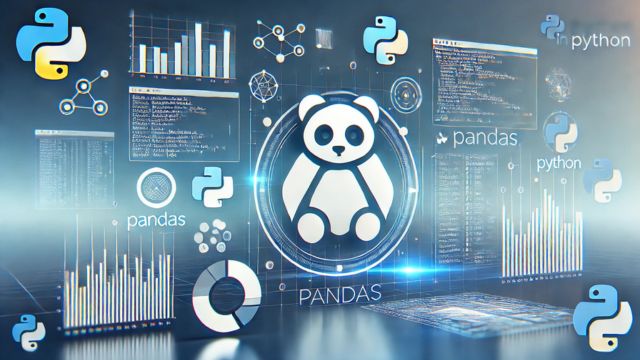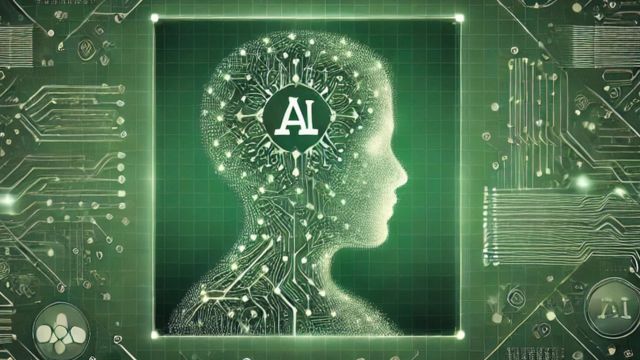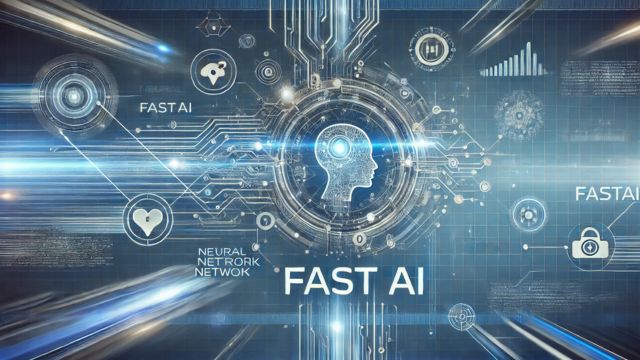NumPy (Numerical Python) is known for an open-source library that facilitates effective operations on large multi-dimensional arrays and matrices. It offers a variety of fine functions, arbitrary number creation, and direct algebra capabilities, building it a essential tool for data manipulation and computation.

Table of Contents
What is NumPy?
NumPy is one of the important fundamental libraries for numerical computing in Python. It offers a important N-dimensional array object, tools for optimizing C/C++ and Fortran code, and functionalities for performing math and statistical operations. NumPy is effective used in data science, machine learning, and scientific computing, building it an necessary tool for experts in these fields.
This guide used to explored the NumPy in depth, covering its crucial features, apps, advantages, installation, and how to begin with data analysis. At the end of this blog, you’ll have a strong grasp of NumPy and how to use it efficiently in your building application.
Can also read: Pandas in Python: Master Data Analysis & Manipulation
Key Features of NumPy
- N-dimensional Array Object (ndarray): The core feature of NumPy, furnishing effective multi-dimensional data storehouse.
- Broadcasting: Enables computation operations on arrays of different shapes.
- Mathematical Functions: A rich storage of operations such as direct algebra, Fourier transforms, and statistics.
- Random Number Generation: Robust functionalities for random applications.
- Integration with Other Libraries: Workshop flawlessly with Pandas, SciPy, Matplotlib, and TensorFlow.
- Memory Efficiency: Integrated for high performance and low memory consumption.
The Evolution of NumPy
Early Development (2005-2015)
- Began from Numeric and Numarray.
- Handed foundational numerical computing capabilities.
- Gained fashion ability in academia and exploration.
Growth & Industry Adoption (2016-2023)
- Bettered performance and support for high-scale computations.
- Integrated with ML and AI frameworks.
- Improved the operation in finance, engineering, and data science.
NumPy in 2025
- Enhanced multi-threading capabilities.
- Better GPU support for accelerated calculations.
- Extended comity with cloud-powered AI/ML workflows.
What’s New in NumPy 2025?
NumPy has continued to enhance, and 2025 brings some instigative advancements.
- Optimized Parallel Computing: New built-in support for community significantly advances computation speed on various core processors.
- GPU Acceleration: Improved compatibility with CUDA and ROCm, allowing NumPy arrays to run efficiently on GPUs.
- Memory Management Enhancements: Deducted memory footmark and bettered running of large datasets.
- Improved Support for Sparse Arrays: Native support for effective operations on meager arrays without taking additional libraries.
- Expanded AI/ML Integration: Flawless interoperability with TensorFlow, PyTorch, and JAX for high-performance machine learning workflows.

Applications of NumPy in 2025
Data Science & Machine Learning
- Handling large datasets effectively.
- Optimizing data for machine learning models.
Scientific Computing
- Performing math simulations and complex computations.
- Analyzing high-scale numerical datasets.
Finance & Economics
- Threat modeling and portfolio integration.
- Time-series analysis and soothsaying.
Engineering & Manufacturing
- Process of signal and image recognition.
- Computational fluid movement and material analysis.
Artificial Intelligence & Deep Learning
- Effective tensor computations for neural networks.
- Optimization with AI frameworks for model training.
Comparing NumPy vs. Other Numerical Computing Tools
| Feature | NumPy | SciPy | TensorFlow | Pandas |
|---|---|---|---|---|
| Multi-dimensional Arrays | Yes | Yes | Yes | No |
| Performance | High | High | Very High (GPU) | Moderate |
| ML/AI Integration | Yes | Limited | Extensive | Limited |
| Data Handling | Excellent | Good | Optimized for ML | Best for structured data |
Pros and Cons of NumPy
Pros:
- Effective multi-dimensional array computations.
- Top-speed performance with integrated memory operation.
- workshop flawlessly with data science and ML libraries.
- Open-source with large community support.
- World wide compatibility with other programming languages.
Cons:
- Not ideal for real-world streaming apps.
- Less of built-in support for distributed computing.
- High rated debugging when working with large arrays.
Getting Started with NumPy 2025
Installation & Setup:
bash CODE
pip install numpyCreating an Array:
Python CODE
import numpy as np
arr = np.array([1, 2, 3, 4, 5])
print(arr)Reshaping an Array:
Python CODE
reshaped = arr.reshape(5, 1)Performing Mathematical Operations:
Python CODE
sum_result = np.sum(arr)
mean_result = np.mean(arr)Generating Random Numbers:
Python CODE
random_numbers = np.random.rand(3, 3)Linear Algebra Operations:
Python CODE
A = np.array([[1, 2], [3, 4]])
B = np.array([[5, 6], [7, 8]])
result = np.dot(A, B)
Advanced NumPy Concepts
- Vectorized Operations: Barring loops for briskly computations.
- Broadcasting: Running operations on multi-sized arrays efficiently.
- Advanced Indexing: Using the boolean masking, slicing, and fancy indexing.
- Sparse Arrays: Optimized memory operation for large datasets.
- Parallel Processing: Exercising multiple CPU cores for briskly prosecution.
Future Trends in NumPy & Data Science
- Increased GPU and TPU Support: Improved performance for AI operations.
- Better Integration with Cloud Services: Integrated computation in cloud-powered environments.
- Automated Optimization: AI-based performance tuning.
- Quantum Computing Compatibility: Preparing for upcoming computing paradigms.
Conclusion
NumPy remains a foundation of numerical computing in Python, providing important capabilities for handling large datasets and performing complex math operations. As we move into 2025, NumPy continues to enhance, with bettered performance, AI/ ML optimization, and better support for ultramodern device. Learning NumPy is required for anyone involved in data science, machine learning, or scientific computing.
NumPy FAQs
What’s NumPy used for?
NumPy is using for numerical computations, data manipulation, and scientific computing in Python.
How to compare NumPy with Pandas?
While NumPy used to focusing on numerical operations, Pandas is developed for structured data manipulation and analysis.
Can NumPy run on GPUs?
Yes, with libraries such as CuPy and NumPy’s bettered GPU support in 2025, it can run efficiently on GPUs.
What’s the new in NumPy 2025?
The features such as resemblant computing, better GPU support, memory integrations, and bettered AI/ ML optimization have been introduced.
Is NumPy essential for data science?
Yes, NumPy is foundational for numerical computations and forms the backbone of data science workflows.



